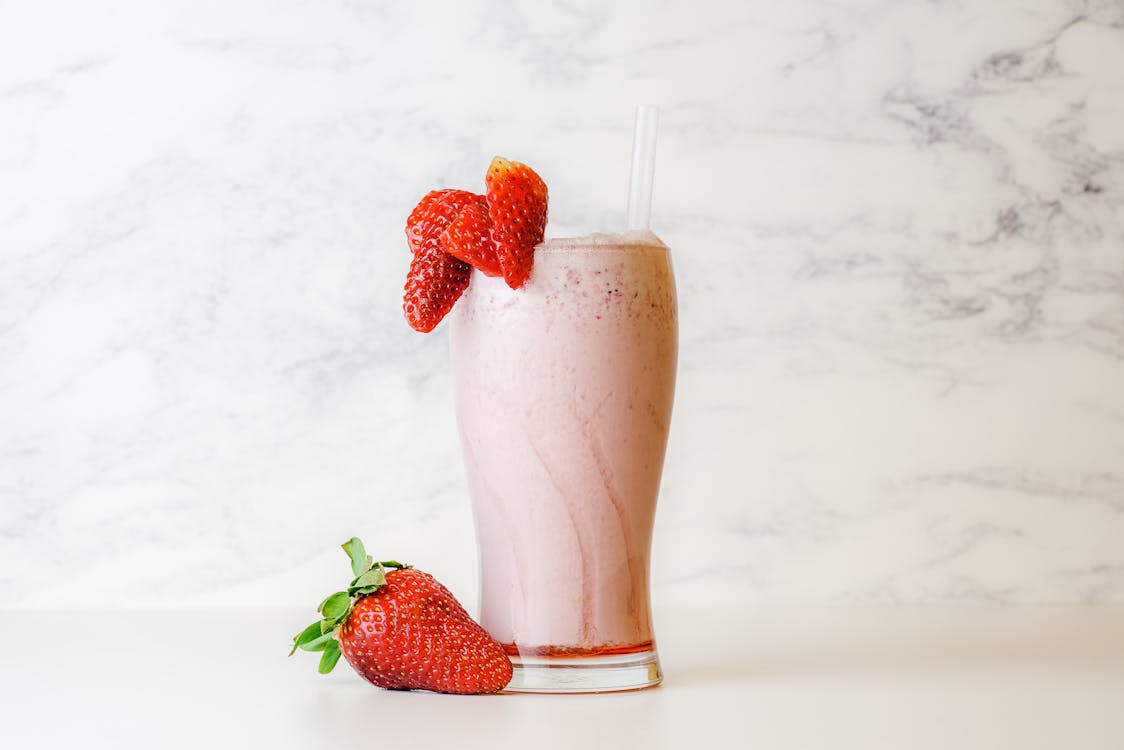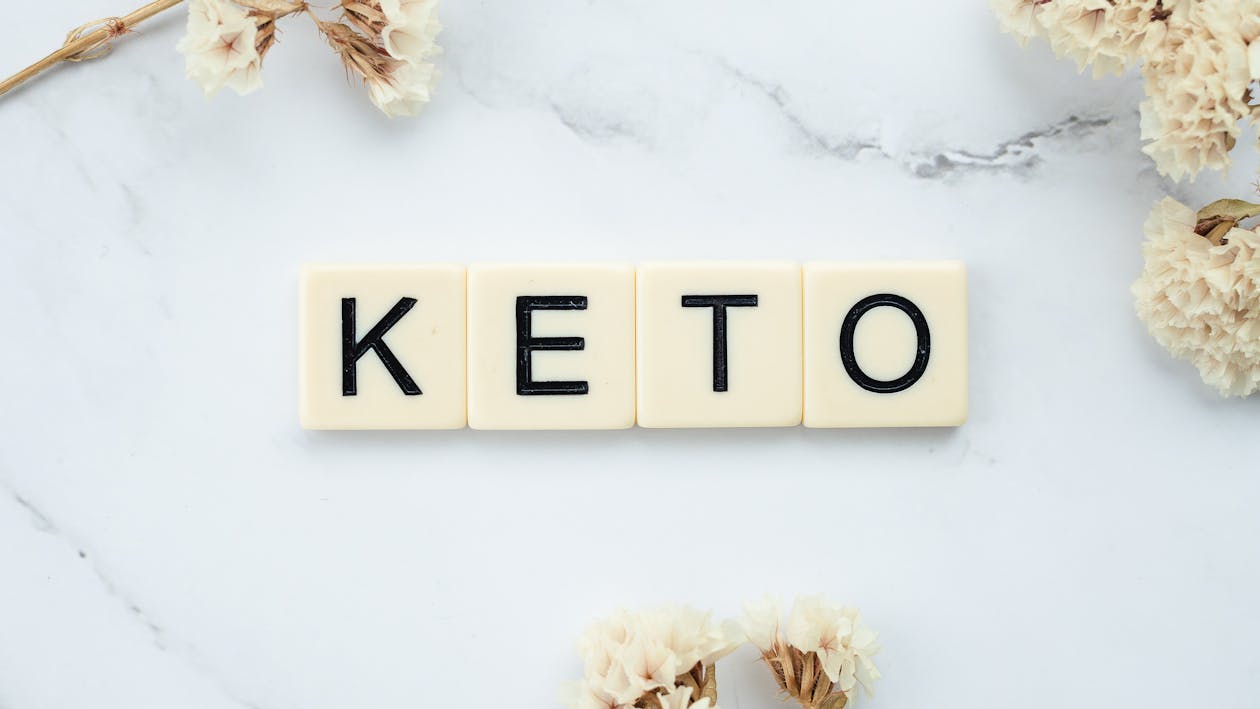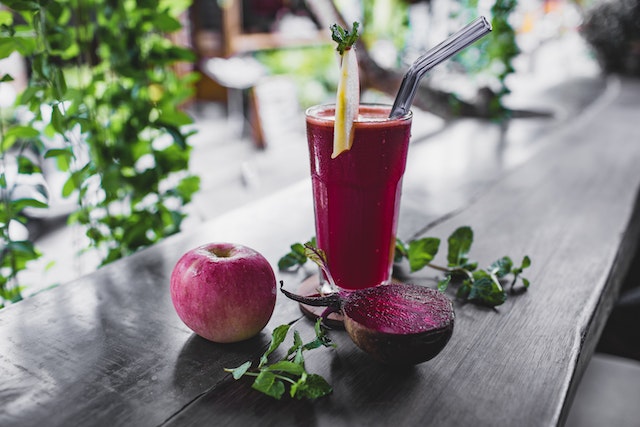The ketogenic diet, or keto diet, is a low-carb, high-fat eating plan that has gained popularity for its potential health benefits and effectiveness in weight loss. If you’re considering embarking on a keto diet, it’s important to understand which foods you can include in your meals and which ones you should limit.
Foods You Can Eat on the Ketogenic Diet
| Food Category | Food Items |
|---|---|
| Meats and Poultry | Beef, Chicken, Turkey, Pork, Lamb |
| Seafood | Salmon, Tuna, Shrimp, Cod, Sardines |
| Eggs | Whole Eggs, Egg Whites |
| Dairy Products | Cheese, Butter, Greek Yogurt, Heavy Cream |
| Nuts and Seeds | Almonds, Walnuts, Chia Seeds, Flaxseeds |
| Healthy Fats | Avocado, Olive Oil, Coconut Oil, MCT Oil |
| Non-Starchy Vegetables | Spinach, Broccoli, Cauliflower, Kale |
| Berries | Strawberries, Blueberries, Raspberries |
| Low-Carb Fruits | Avocado, Tomatoes, Lemons, Limes |
| Herbs and Spices | Basil, Cinnamon, Turmeric, Garlic |
| Beverages | Water, Unsweetened Tea, Coffee |
| Sweeteners | Stevia, Erythritol, Monk Fruit |
The ketogenic diet emphasizes consuming foods that are low in carbohydrates and high in healthy fats. Here are some examples of foods that you can enjoy while following the keto diet:
1. Nuts, Seeds, and Healthy Oils
Nuts and seeds are excellent sources of healthy fats and make for satisfying snacks on the keto diet. Examples include almonds, walnuts, chia seeds, flaxseeds, and pumpkin seeds. Healthy oils, such as olive oil, coconut oil, and avocado oil, can be used for cooking and dressing salads.
2. Low-Carb Vegetables
Non-starchy vegetables that are low in carbohydrates can be a valuable addition to your keto meals. Examples of keto-friendly vegetables include leafy greens (spinach, kale, lettuce), broccoli, cauliflower, zucchini, bell peppers, and asparagus.
3. Meat, Poultry, and Fish
Animal proteins are a key component of the keto diet. You can include meat (beef, pork, lamb), poultry (chicken, turkey), fish (salmon, tuna, trout), and shellfish (shrimp, crab, lobster) in your meals. Opt for organic, grass-fed, or wild-caught options whenever possible.
4. Eggs and Dairy
Eggs are highly versatile and can be a staple on the keto diet. They provide protein and healthy fats. Dairy products such as cheese, butter, and heavy cream are also allowed in moderation. Opt for full-fat and unprocessed options.
5. Berries
While fruits are generally limited on the keto diet due to their higher carbohydrate content, berries such as strawberries, raspberries, and blackberries are lower in carbs and can be enjoyed in moderation.
6. Avocados
Avocados are a keto superstar, rich in healthy fats and fiber. They can be enjoyed as a standalone snack or added to salads, smoothies, or keto-friendly recipes.
Foods to Limit on the Keto Diet
Although the ketogenic diet allows for a generous intake of fats, certain foods should be limited due to their high carbohydrate content. Here are some examples of foods that you should consume in moderation on the keto diet:
1. Grains and Starches
Grains and starches, including bread, pasta, rice, and cereals, are high in carbohydrates and should be avoided or limited to the keto diet.
2. Legumes and Beans
Legumes and beans, such as lentils, chickpeas, and black beans, are also relatively high in carbohydrates and should be consumed in moderation.
3. Sugary Foods and Sweets
Sugary foods and sweets, including candy, cakes, cookies, and sugary beverages, are high in carbs and should be avoided on the keto diet.
4. Most Fruits
While berries are lower in carbs and can be enjoyed in moderation, most other fruits contain higher amounts of carbohydrates and should be limited to the keto diet.
5. Starchy Vegetables
Starchy vegetables like potatoes, corn, and carrots are higher in carbohydrates and should be limited to the keto diet.
High-Carb Foods That Most People Limit on the Keto Diet
The following high-carb foods are typically limited on the keto diet due to their carbohydrate content:
- Bread and baked goods
- Pasta
- Rice
- Potatoes and other root vegetables
- Sugary beverages
- Beer and other high-carb alcoholic beverages
- High-sugar condiments and sauces
Foods and Drinks You Can Sometimes Have on the Keto Diet
While the keto diet restricts certain foods, there are some options you can occasionally enjoy in moderation:
- Dark chocolate with a high percentage of cocoa (choose low-sugar options)
- Dry red or white wine
- Low-carb beer or spirits
- Keto-friendly sweeteners such as stevia or erythritol
Pros of the Ketogenic Diet
The ketogenic diet has gained popularity due to several potential benefits, including:
Weight Loss: The keto diet may promote weight loss by encouraging the body to burn fat for fuel.
Improved Blood Sugar Control: By limiting carbohydrates, the keto diet can help stabilize blood sugar levels.
Increased Satiety: The high-fat content of the keto diet may help you feel fuller for longer, reducing the tendency to overeat.
Potential Health Benefits: Some studies suggest that the keto diet may have positive effects on certain health conditions such as epilepsy, type 2 diabetes, and metabolic syndrome.
Cons of the Ketogenic Diet
While the ketogenic diet has its benefits, it may not be suitable for everyone. Some potential drawbacks include:
Initial Adjustment Period: When transitioning to the keto diet, you may experience the “keto flu,” which includes symptoms like fatigue, headache, and brain fog.
Restrictive Nature: The keto diet restricts many foods, which may make it challenging to adhere to in the long term.
Nutrient Deficiencies: Since the diet limits certain food groups, it’s important to ensure you’re getting a wide range of nutrients through careful food choices or supplementation.
Conclusion
The keto diet involves a significant shift in dietary patterns, emphasizing low-carb, high-fat foods. By following the provided keto diet food list and understanding what to eat and what to limit, you can successfully navigate the ketogenic diet. Remember to consult with a healthcare professional or registered dietitian before starting any new diet, especially if you have underlying health conditions or concerns.


:max_bytes(150000):strip_icc():format(webp)/keto-friendly-foods-final-bf76c95d8849423b862a71be19b8bb32.jpg)











